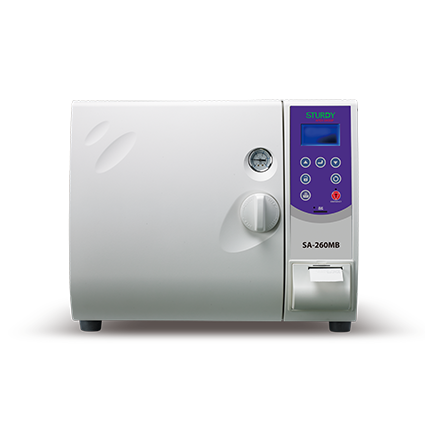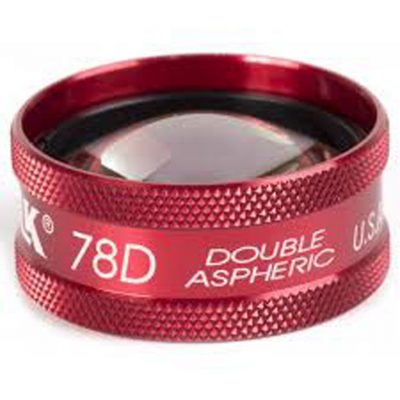Eye doctors use different types of ophthalmic instruments to treat eye ailments. They are useful for precise eye examinations and eye surgeries. The eyes are a vital sensory organ. Hence, it takes maximum expertise to treat acute eye diseases. The eye specialists detect eye problems by using advanced equipment. Embedded with technical features, this type of equipment produces error-free results.
You should maintain and care for the ophthalmic instruments to reduce the risk of infections. The doctors take preventive measures for quality control and decontamination. Sterilisation using flash autoclaves guarantees high-class efficiency. It ensures the safety of sterile equipment. There are other methods for cleaning these micro-surgical instruments. But you should follow it as per instructions.
3 Methods of Sterilizing Ophthalmic Instruments
- The Plasma Gas Sterilizers
This method utilises hydrogen peroxide gas plasma at low temperatures. The gas goes inside a chamber to kill microorganisms on medical equipment. It is effective against viruses, bacteria, fungi and spores.
The system adds hydrogen peroxide to the enclosed chamber. After removing the vapour, it produces low-temperature plasma. This way, it sterilises the equipment and tools. The residue of this process is water and oxygen. It makes the operation safe and reliable for medical use. While it is expensive to buy, it works best for moisture-sensitive tools.
- Autoclaves
The autoclave is a kind of large steel vessel or chamber. It circulates steam at high temperatures and pressure. It disinfects the eye instruments to assure complete safety against impurity. The industrial process includes rubber vulcanization, structural adhesive bonding and processing of the composite parts. It is cheap and purifies the equipment in a shorter time cycle.
- Hydrogen Peroxide Sterilizers
It is similar to the plasma sterilisation method. It uses hydrogen peroxide vapour without using the plasma gas. By removing humidity from the enclosure, it uses a generator to inject the vapour. It reaches an effective concentration. The vapour is effective in removing microorganisms. The generator then reverses the entire process and breaks the gas into friendly components.
The doctors use it to sterilize equipment in high batches and produces quick results.
You should follow the proper guidelines to disinfect the eye equipment. Right pressure control prolongs the longevity of these products. The use of pressure transducers delivers the best results for these three processes.
You can purchase high-quality ophthalmic sterilisation equipment from Modern Surgical. We are a reputable manufacturer of a range of eye instruments. You can buy from us at affordable prices.



